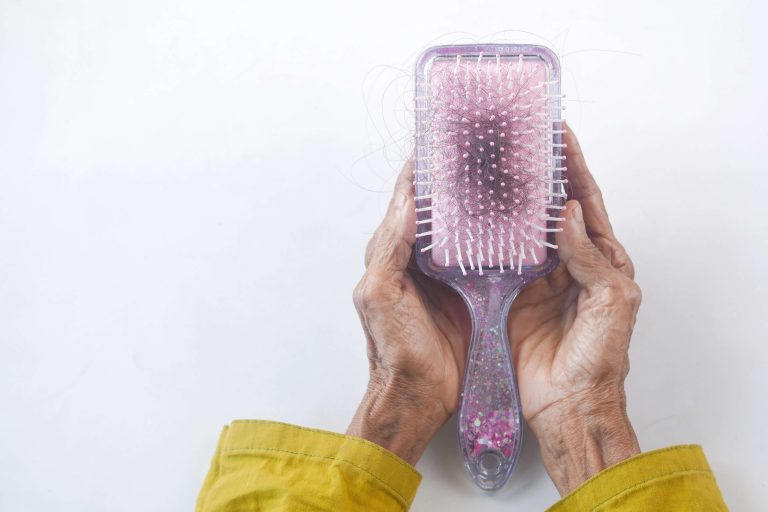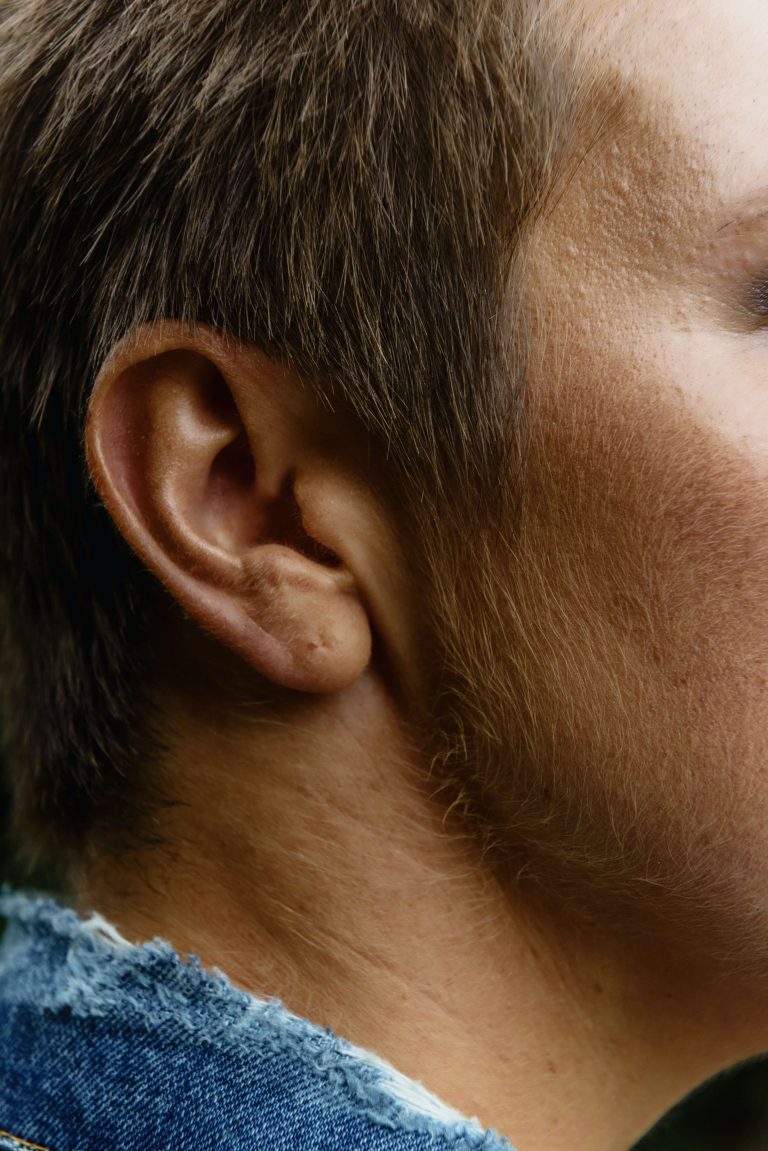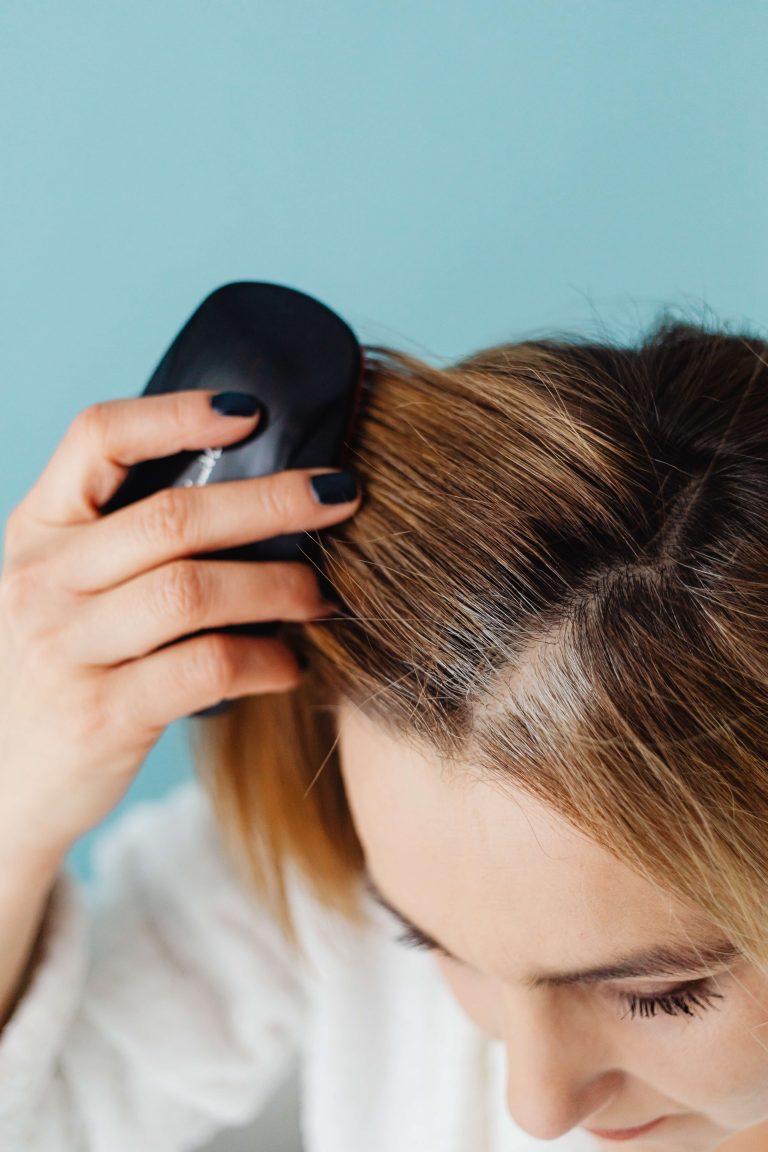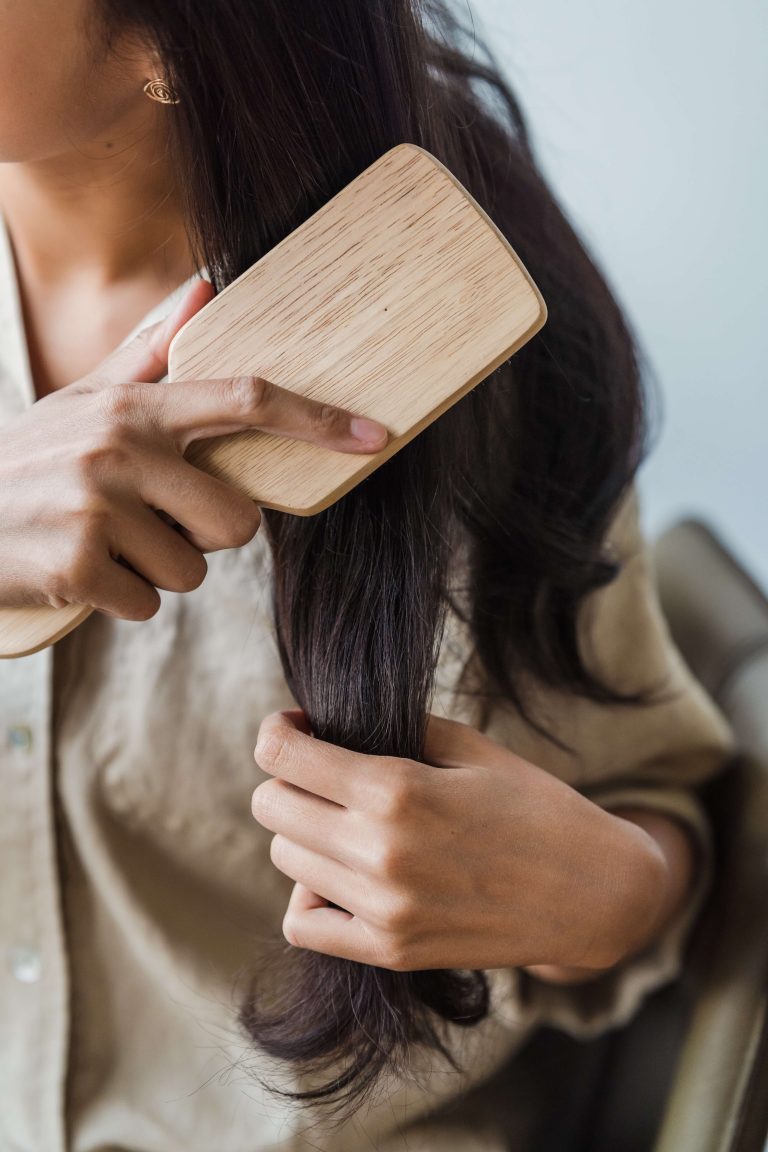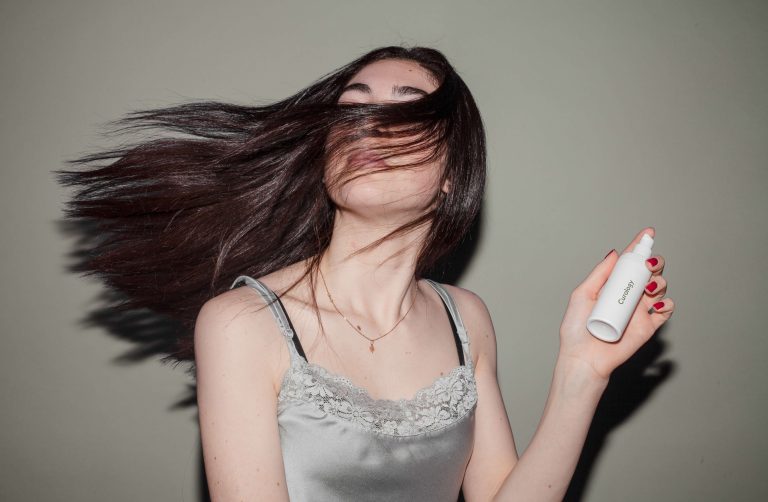“Does hair grow back from traction alopecia?” is a common question for those navigating the challenges of hair loss. Beyond the physical aspect, hair loss can have profound effects on a person’s self-esteem and overall well-being.
Fortunately, healthy regrowth is achievable with the right steps. In this guide, we explore the causes, risk factors, treatment and prevention strategies for traction alopecia.
What is traction alopecia?
Traction alopecia is a form of hair loss that occurs as a result of persistent pulling or tension on the hair roots. It’s usually associated with certain hairstyles, such as tight ponytails, dreadlocks, braids, cornrows or extensions.
Over time, recurrent, uneven pulling on the roots can cause bald patches to develop. The pattern of hair loss depends on the type of hairstyle and the areas experiencing the greatest tension.
Typically, the longer hairs along the scalp’s edge are pulled the most, as they are subjected to being tied up. In contrast, shorter hairs evade the pulling force, remaining visible within the balding patches.
Risk factors and symptoms
Traction alopecia is a condition that can affect men and women of all ages and ethnicities. Besides tight hairstyles, the use of gels, tight nighttime hair wrapping, and combining chemical relaxers with braids can heighten the risk of developing traction alopecia.
During the initial stages of the condition, hair loss tends to be mid with minimal thinning primarily in the frontal hairline. Individuals experiencing traction alopecia may also report sensations of tenderness, stinging or pain in the affected area. Acne-like marks and bumps may also emerge in regions experiencing the highest tension.
In the later stages, hair loss along the frontal hairline is evident, often leaving behind fine hairs known as the “fringe sign.” At this point, permanent scarring and irreversible hair loss frequently occur.
Does hair grow back from traction alopecia?
Hair can grow back from traction alopecia, especially if the condition is detected early and the contributing factors are addressed. If the tension-inducing hairstyles are discontinued and the hair follicles have not sustained irreversible damage, there is a chance for regrowth.
However, if traction alopecia is prolonged or if there is significant scarring, hair loss could be permanent.
Early detection and intervention is key
The key is to identify the issue early on, modify hairstyling practices to reduce tension, and give the affected hair follicles an opportunity to recover.
If you observe thinning or bald patches on your scalp, it’s advisable to seek a diagnosis as early as possible. Additionally, any experience of tenderness, stinging or pain in areas where hair loss is occurring should not be ignored.
Consult a healthcare professional or a dermatologist if you’re noticing any of these signs. They can provide a proper diagnosis, assess the extent of the damage, and offer guidance on how to minimise damage and promote safe regrowth.
Traction alopecia is typically diagnosed by evaluating the history and pattern of hair loss. In cases where a diagnosis remains uncertain or if there are additional complexities, a scalp biopsy may be required.
In a scalp biopsy, a dermatologist numbs the area with a local anaesthetic before using a precise surgical punch to extract at least two small specimens of scalp tissue and follicles. The area is closed either by stitches or cauterization with an electrical current. These specimens are then submitted to a skin pathologist for a thorough diagnosis.
Prevention
Here are some tips to help prevent traction alopecia:
- Give your hair regular breaks from tight hairstyles to allow hair follicles to recover. For example, alternate between braids and wearing your hair down to minimise continuous tension.
- When you pull your hair up into a ponytail, don’t use rubber or elastic bands. Choose accessories that are gentle on the hair and don’t pull too tightly.
- Avoid chemical treatments when using weaves or braids, as they can damage hair and increase the risk of breakage.
- If you use hair extensions, make sure they are not too heavy or tightly attached. Allow your hair periods without extensions to relieve tension.
- Use a low heat setting on your hair dryer and flat iron to prevent damage.
- Wrap your hair instead of sleeping in rollers.
- When wearing a wig, select one with a satin wig cap to reduce scalp tension.
Treatment
Experiencing traction alopecia isn’t the end of the world. There are numerous ways to address and treat it:
- Hair transplantation — In cases of permanent hair loss, opt for Follicular Unit Extraction (FUE) hair transplant. This procedure involves extracting hair follicles from other parts of the scalp and transplanting them into bald areas. It’s safe, minimally invasive and results in limited scarring, usually in the form of subtle dots that are barely noticeable.
- Prescribed medications — Your doctor might recommend lotions, gels or mousses to relieve scalp itchiness or redness. Though these formulations can be effective, prolonged use may result in skin thinning or lightening. Medications should also be consistently replenished, incurring ongoing costs.
- Wigs and hairpieces — Wigs provide a swift and non-invasive answer to hair loss, but they can be costly, especially if they’re custom-made from natural hair. Additional expenses arise from ongoing upkeep, cleaning, styling and colouring.
- Let your hair down — The simplest way to prevent traction alopecia from worsening is by steering clear of tight hairstyles. Letting your hair down promotes regrowth and restores the hair cycle.
The hair cycle is a dynamic and continuous process that encompasses the growth, rest and shedding phases of individual hair strands. Tension and stress from tight hairstyles can disrupt the hair cycle.
Grow healthier, fuller hair at Elite Hair Clinic
If you’re wondering, “Does hair grow back from traction alopecia?” The good news is yes, it can! But it requires consistent care and professional intervention. Remember, everyone’s hair journey is different, so be patient, consult a medical professional and be consistent with your hair care.
At Elite Hair Clinic, we help clients embark on a swift, safe and painless hair transformation journey. Explore our before-and-after portfolio to see the flawless results of our FUE hair transplants. For more hair regrowth tips and tricks, check out our blog.
Book your free consultation today and restore your confidence!


